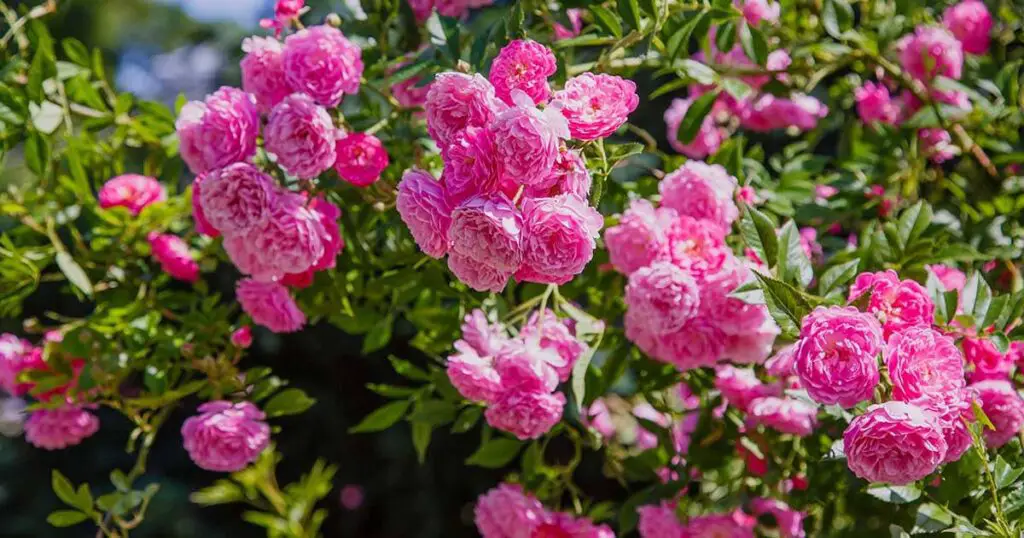Introduction to Pink Rose Gardening
Pink roses symbolize grace, sweetness, and poetic romance, making them a favorite for many garden enthusiasts. If you are embarking on the journey of cultivating your own pink rose garden, these foundational tips and tricks will help you grow healthy, vibrant roses.
Selecting the Right Varieties
Start by choosing varieties that are known for their resilience and suitability to your climate. Some popular pink rose varieties include the ‘Queen Elizabeth’, ‘Bonica’, and ‘New Dawn’. Consult with local nurseries or fellow gardeners to find the best match for your area.
Ideal Planting Spots
Pink roses thrive in well-drained soil and require at least six hours of sunlight daily. Avoid areas that are too shaded or prone to waterlogging. Morning sun is particularly beneficial as it helps dry the dew on the leaves, reducing the risk of diseases.
Soil Preparation
Roses prefer rich, loamy soil. Amend your garden soil by mixing in organic compost and well-rotted manure to improve fertility and drainage. A pH between 6.0 and 6.5 is ideal for roses. You can test your soil’s pH and adjust it using lime (to reduce acidity) or sulfur (to increase acidity) as needed.
Planting Your Roses
Plant your roses in spring or fall, ensuring that the graft union (the swollen area near the base of the stems) is just above the soil level. Dig a hole spacious enough to accommodate the roots without crowding them. Water thoroughly after planting to settle the soil around the roots.
Regular Watering
Roses need regular watering, especially during dry spells. Aim for deep, infrequent watering to encourage strong root development. Water at the base of the plant to keep the foliage dry and minimize the risk of fungal diseases.
Fertilization Schedule
Feed your pink roses with a balanced fertilizer designed for roses starting in spring and continuing through the season. Follow the manufacturer’s instructions for the best results. Avoid over-fertilizing, which can lead to poor blooms and weak growth.
Pruning Essentials
Prune your pink roses early in the spring to remove dead or damaged wood and to shape the plant. Keep the center of the plant open to air circulation and light, which helps prevent disease issues. Always use clean, sharp tools to make cuts.
Disease and Pest Management
Monitor your plants regularly for signs of pests or disease. Common issues include aphids, black spot, and powdery mildew. Use environmentally friendly options like neem oil or insecticidal soap for pests, and consider fungicidal sprays for severe fungal infections.
Mulching
Apply a layer of organic mulch around your roses to help retain moisture, suppress weeds, and enhance soil quality. Keep the mulch a few inches away from the rose stems to prevent rot.
Winter Care
In colder climates, protect your roses in winter by applying extra mulch around the base of the plants after the first frost. Consider using rose cones or burlap wraps for additional protection if temperatures drop significantly.
Conclusion
With proper care and maintenance, your pink rose garden can flourish, providing you with beautiful blooms to enjoy. Regular attention and following these tips will help you master the art of pink rose gardening and enjoy the fruits of your labor throughout the growing season.


